Kavli INsD Post-Doctoral Researchers Meet for a Third Round of 3-minute Research Presentations

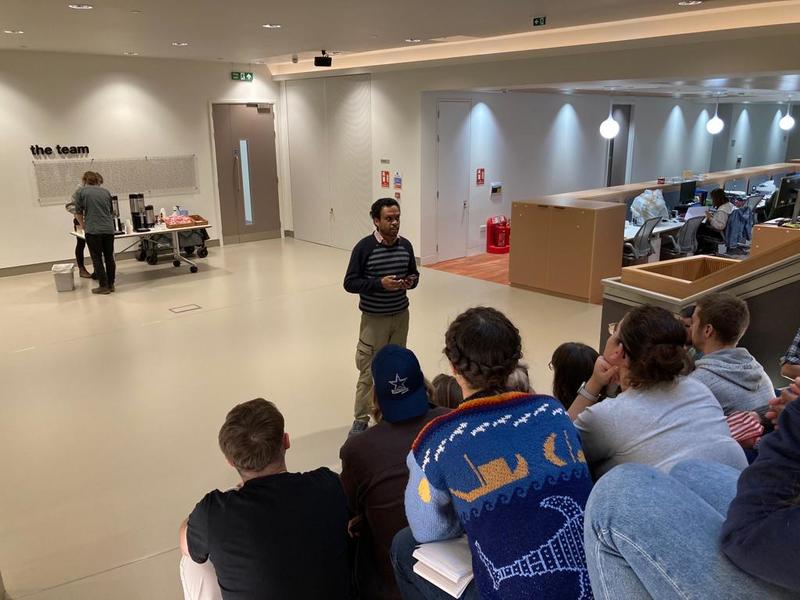
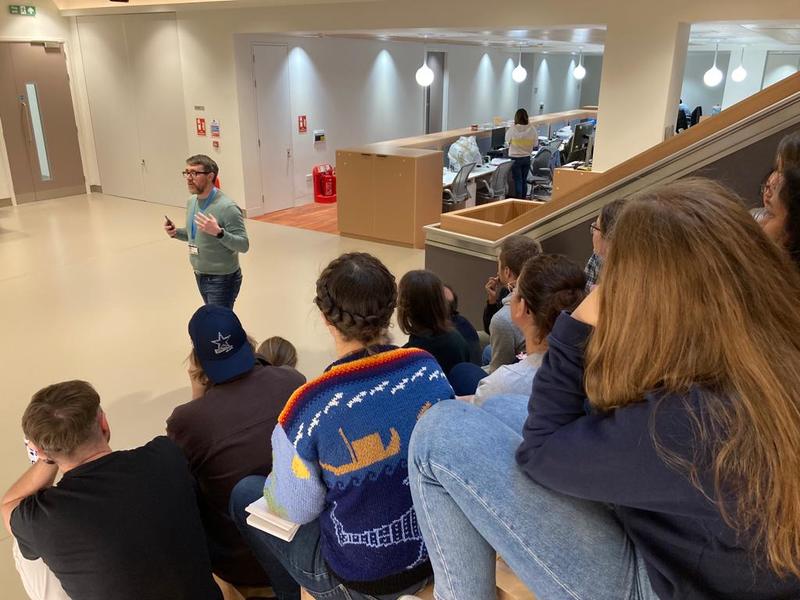
At the end of the year, 2022, Kavli INsD Post-Doctoral Researchers continued to meet for ‘three Thursday afternoons’ for a cuppa and to share their science via 3-minute research presentations.
Our presenters were;
|
Jonathan Bath Physics |
Hugo Fernandes DPAG |
Maya Miller Chemistry |
|
|
Raquel Martinez Gonzalez Physics |
Lewis Taylor NDCN |
Hannah Britt Chemistry |
|
|
Sam Chamberlain Biochemistry |
Bevin Gangadharan Biochemistry |
Alexander Cook Biochemistry |
|
|
Rachel Sharman NDCN |
Oliver Adams Biochemistry |
Seham Helmi Chemistry |
|
|
Christof Hepp Physics |
Brent Ryan DPAG |
We aspire to carry out world-class nanoscience amidst a research culture of scientific collaboration. Our researchers shared brief updates on their work in order to get to know each other's fields and methods.
We are working together to make significant contributions across a range of major health challenges: antimicrobial resistance, brain, and mental health, infectious disease, and malaria – and to create new instrumentation to bring the analytical power of the physical sciences into the cell.
We are pleased to share some of our researcher's presentation summaries below
Dr. Rachel Sharman
Insomnia is a prevalent sleep complaint impacting around 20% of the population each year. Historically the treatment of choice was sedating medications. These should only be used for acute relief (days), but data indicate median usage time in the range of years. Cognitive behavioural therapy for insomnia (CBTi) is now the NICE recommended first-line treatment. CBTi is a multicomponent therapy, combining both behavioural and cognitive aspects,delivered in group, individual, or now digitally over several weeks.
Insomnia is a subjectively diagnosed disorder, a self-reported sleep complaint with chronicity that impacts daily functioning. CBTi has been shown to be clinically effective in reducing insomnia symptomology, subjectively. However, studies that utilise objective measures of sleep and cognition, do not find significant improvements in these domains. Therefore, what are the mechanisms driving this perceived sleep improvement and how does that impact objective measures of daily functioning and performance (i.e., cognition)? Do we need to change the methods we use to investigate and interpret sleep in individuals with insomnia?
I am interested in testing emerging methodologies to measure objective sleep and to empirically evaluate sleep changes in insomnia/poor sleep and through insomnia/sleep treatment.
#Insomnia, #Sleep, #Polysomnography, #Actigraphy
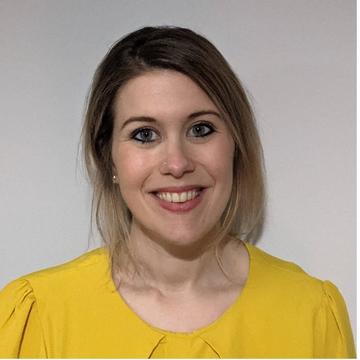
Dr. Alex Cook
African trypanosomes are eukaryotic parasites that infect a multitude of mammals, resulting in cattle loss equating to $5 billion, and with 55 million humans also at risk of infection. Trypanosomes have a remarkable surface coat – the parasite population endlessly varies a single surface protein to outsmart the adaptive immune response and allow long-term infection. However, we do not understand how trypanosomes can avoid the innate immune system – a glaring omission for a parasite that spends much of its mammalian life cycle free in the blood, where it is exposed to the full force of innate immunity. Our work probes uncharacterised trypanosome surface proteins for their ability to disrupt the innate immune system. Recently, we discovered that Trypanosoma brucei ISG65 binds to human complement C3 – the central regulator of the complement system. We are now using a combination of structural biology, biochemistry, and cell biology to describe how ISG65 enables trypanosomes to outwit this vital branch of the innate immune system. The ultimate aim of our work is to provide a complete map of the exquisite mechanisms this parasite uses to out manoeuvre the mammalian immune system.
#Molecular parasitology, #immune evasion, #structural biology, #complement system
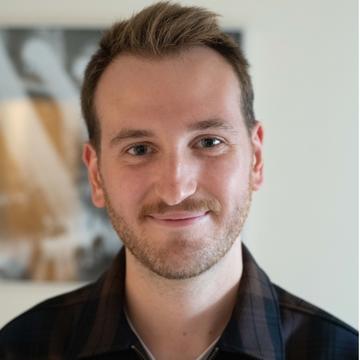
Dr Bevin Gangadharan
Non-alcoholic fatty liver disease (NAFLD) encompasses a spectrum of progressive liver disease ranging from non-alcoholic fatty liver (NAFL) to non-alcoholic steatohepatitis (NASH). Approximately 1 in 3 people in the UK have some degree of NAFLD and most affected individuals are unaware. Currently, the reference standard for assessing NAFLD is the liver biopsy, an invasive, painful procedure which can be unreliable and costly. There is a need for improved, minimally-invasive methods of determining stages of NAFLD in patients.
We have used 2D gels and mass spectrometry to separate proteins in serum from patients with NAFLD at various stages of the disease and have identified several potential biomarkers, including ones which can detect the early stages and differentiate NAFL from NASH. We have developed an antibody-free assay using parallel reaction monitoring mass spectrometry.
Our novel biomarkers would allow clinicians to identify NAFLD patients so they could be advised about lifestyle changes, such as diet and exercise, which could help to reverse the disease. The technology could potentially be used to diagnose, prognose or monitor the progression of NAFLD in an individual thereby reducing the need for a liver biopsy.
#Non-alcoholic fatty liver disease (NAFLD), #Non-alcoholic steatohepatitis (NASH), #Biomarkers, #Proteomics, #Mass spectrometry
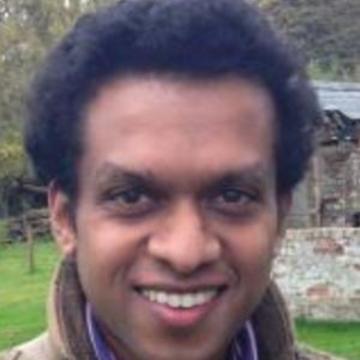
Dr. Christof Hepp
Influenza A pandemics are caused by the genetic recombination of different influenza strains during a co-infection, which is mediated through sequence-specific interactions that lead to the packaging of all 8 unique gene segments into a single virion. By analysing a) packaging defects (missing segments), b) the spatial configuration of segments and c) inter-segment interactions in numerous individual virus particles, we set out to further understand the nature of selective packaging and ultimately help predict new pandemic Influenza variants well before they arise.
#PAINT, #multiplexing, #smFRET, #FISH, #Influenza

Dr. Jon Bath
DNA can be used as a construction material for nanometre-scale structures. I will make large libraries of DNA structures that each display a different array of small molecule fragments in well-defined arrangement and a short DNA barcode that uniquely identifies them. I will then select useful structures (those with binding or catalytic properties) by fishing them out of the library and identifying them by DNA sequencing of the barcode.
#self-assembly, #DNA nanotechnology, #combinatorial libraries,
#selection experiments
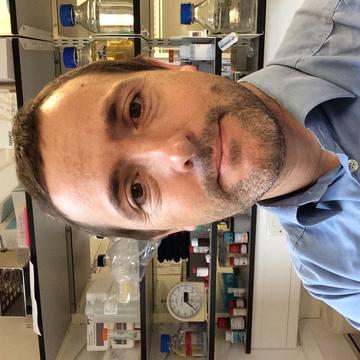
Dr. Maya Miller
I’m fascinated by the paramount role metals play in basic physiological process and their pivotal part in health and disease. My previous work focused on metal-based drugs and their interaction with biological entities. My current research is focused on ABC transporters and metalloproteins that are involved in health and disease. I’m engaged in identifying new biological targets for drug discovery, using native mass spectrometry, genomics, and molecular biology techniques.
#Cancer research, #metalloproteins, #metals in biology, #proteins

Dr. Oliver Adams
My research concerns the combined application of biochemical, biophysical, and structural techniques to characterise bacterial & mammalian membrane proteins of significant pharmacological relevance. In particular, I am employing cryoelectron microscopy studies of M. tuberculosis MmpL3 — first pioneered during my DPhil (Adams et al., Structure 2021) — to guide anti-TB drug discovery against the transporter.
#Cryo-EM #Protein Purification #Tuberculosis
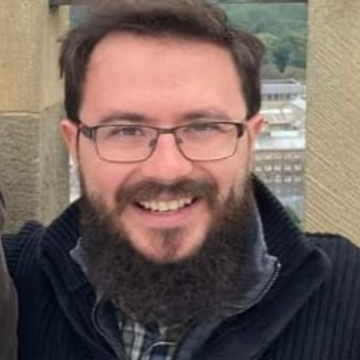
Dr. Sam Chamberlain
The plasmodium parasite hides within red blood cells where it causes the symptoms of malaria, a deadly disease responsible for hundreds of thousands of deaths per year. Part of the parasites strategy for immune evasion involves displaying RIFIN proteins on the surface of the infected red blood cell. RIFINs have been shown to bind to inhibitory immune receptors on the surface of patrolling lymphocytes. Engagement of these receptors and recruitment to the immunological synapse, prevents activation of the immune cell, protecting the parasite hiding inside the red blood cell from cytotoxic attack. In a collaboration spanning from Oxford to Osaka, we are using a combination of structural biology, biophysics, microscopy, cell biology and cultured-parasite assays to understand the fundamental biology of RIFIN-mediated immune signalling, and how the human immune system can respond to this clever immunosuppressive strategy.
#Crystallography, #Microscopy, #Host-Pathogen interactions, #Malaria
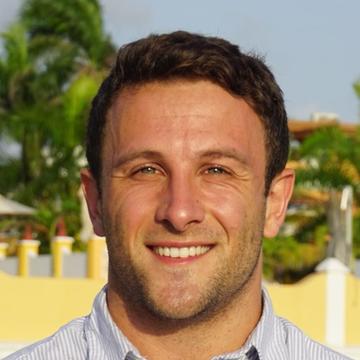
Dr. Hannah Britt
Communication between tissues is vital for maintaining bodily function. For the brain, however, the presence of the blood-brain and blood-cerebrospinal fluid barriers makes communication challenging. These barriers tightly regulate molecular movement to and from the brain, making it notoriously difficult to send messages across. Exosomes are one biological entity able to navigate these barriers, crossing from the brain into body-wide biofluids like blood and cerebrospinal fluid. These small lipid vesicles contain brain-derived molecular information in the form of proteins, lipids, and small molecules. Studying these components has the potential to provide mechanistic insights into the mysteries of communication and function at their origin. Unfortunately, exosome studies to date have largely employed techniques which dissect their molecular components and remove native context, limiting the information which can be obtained. My work in the Robinson Group focuses on understanding the molecular messages within exosomes using native mass spectrometry, enabling analysis of intact endogenous complexes between proteins and effectors within their native context. Comparing these brain-derived complexes from healthy individuals with those of patients with mental health disorders, I hope to improve our mechanistic understanding and treatment approaches for conditions like depression.
#massspectrometry #exosomes #endogenouscomplexes #mentalhealth
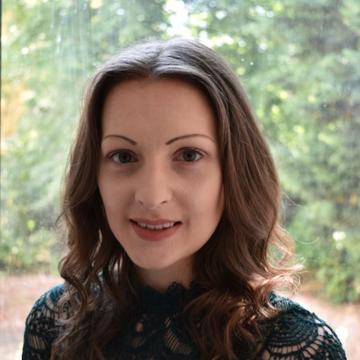
Dr. Seham Helmi
Currently my research focuses on combining the programmability and optimised molecular interactions offered by DNA nanostructures with the high-resolution detection capabilities offered by mass photometry for biosensing applications.
In addition to the design and assembly of DNA devices for single-molecule characterisation of electronic components and molecular motors
#DNA origami, #DNA conjugation, #Mass photometry, #TIRF microscopy.

Dr. Raquel Martinez Gonzalez
I am developing a nanoplatform and a microscope to study the rotation of the membrane part (a rotating proton pump) of the ATP synthase. Using a liposome, I was able to incorporate the ATP synthase to its bilayer without compromising its function, together with a gold nanorod floating inside this vesicle. The rod will attach to the inner ring of the protein and they will start rotating together. Measuring how this rod scatters light using a polarisation anisotropy dark field microscope I built, will give us the resolution together with the speed needed to hopefully, add some insights to the mechanisms behind the ATP synthesis.
#Liposomes, #Plasmonics nanoparticles, #ATP synthase, #Polarization microscopy



